In today’s fast-paced digital world, productivity is the key to success. The choice of the device plays a significant role in determining an individual’s productivity level. Chromebooks and Tablets are two popular devices that are often compared regarding their ability to enhance productivity. While both have their unique features and advantages, choosing between the two can be a difficult task.
This article aims to compare Chromebooks and Tablets in terms of their design, operating system, hardware, apps, battery life, and price to help readers determine which device is better for productivity. Irrespective of whether you are looking for a workstation or need a machine for day-to-day tasks, this article will provide you with a comprehensive guide to help you make an informed decision. If you plan on getting a new Chromebook for yourself, here is the 2023 Chromebook buying guide. It details what to look for in a ChromeOS laptop.
Chromebooks
Chromebooks are laptops that run on Google’s Chrome OS operating system. They are designed for simplicity and speed and are widely famous for their affordability and ease of use. The Chrome OS is a cloud-based operating system that relies heavily on internet connectivity and Google’s suite of productivity apps, such as Google Drive and Google Docs. Regarding design, Chromebooks come in various sizes and styles, from compact and lightweight models to larger models with larger screens. They also feature a sleek, minimalist design, making them a stylish option for personal and professional use.
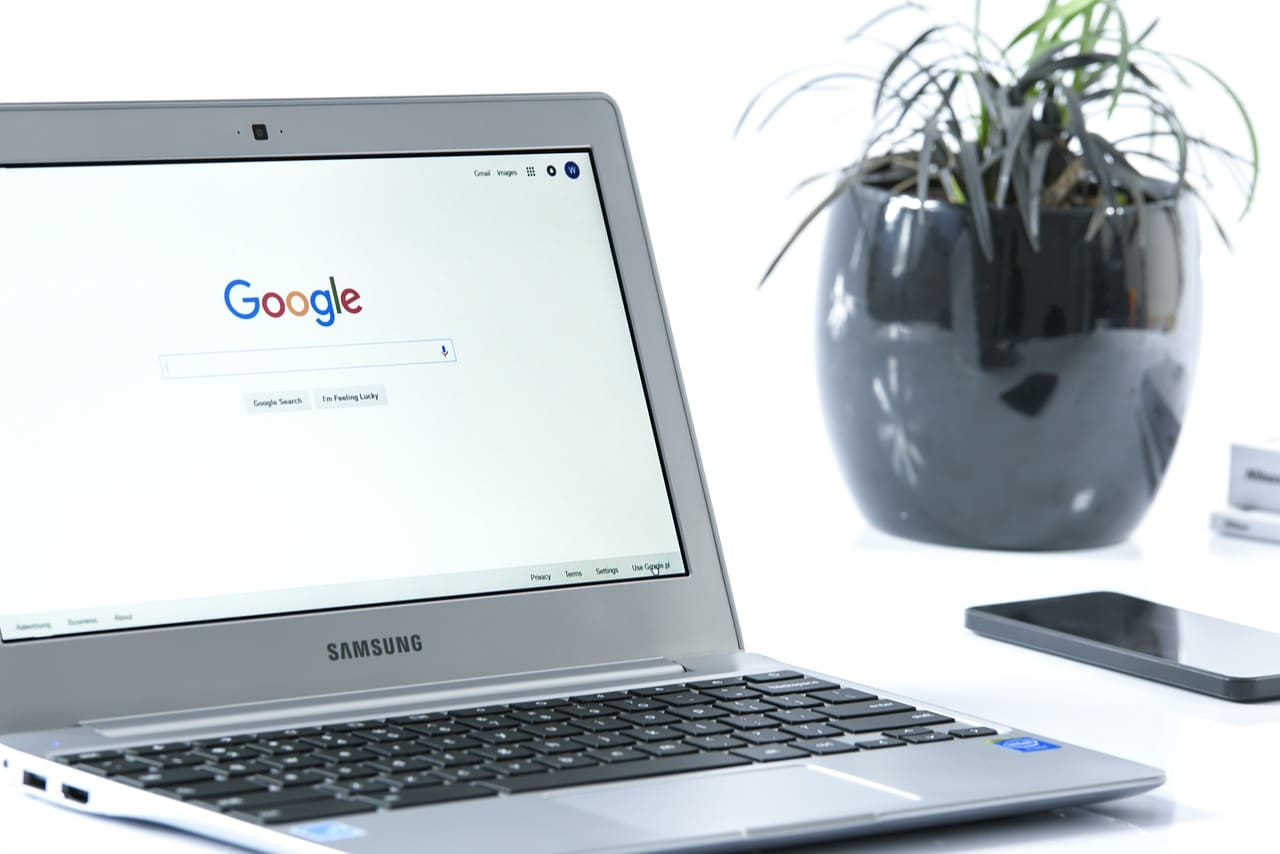
Chromebooks
One of the standout features of Chromebooks is their speed. The Chrome OS is designed to boot up quickly and be ready to use in seconds, allowing users to get to work without delay. Chromebooks also have built-in virus protection, ensuring users’ devices and data are secure. Another feature that makes Chromebooks suitable for productivity is their integration with Google’s suite of apps. With apps such as Google Drive, Google Docs, and Google Sheets, users can access a range of powerful productivity tools that can be used offline and online. Chromebooks also support a wide range of web apps, giving you access to even more productivity tools and resources.
In summary, Chromebooks are ideal for those who prioritize speed, simplicity, and affordability. With a focus on cloud-based productivity and security, Chromebooks are a solid choice for those looking for a device that can help them get things done quickly and efficiently.
Tablets
Tablets are handheld devices that are designed for portability and versatility. They offer a combination of the convenience of a smartphone with the larger screen size and processing power of a laptop. Tablets are widely popular among individuals looking for a device that can be used for personal and professional tasks on the go. Tablets come in various sizes and styles, with screen sizes ranging from 7 inches to over 12 inches. They are lightweight and compact, making them easy to carry around, and many models come with detachable keyboards, allowing users to instantly switch from tablet mode to laptop mode.
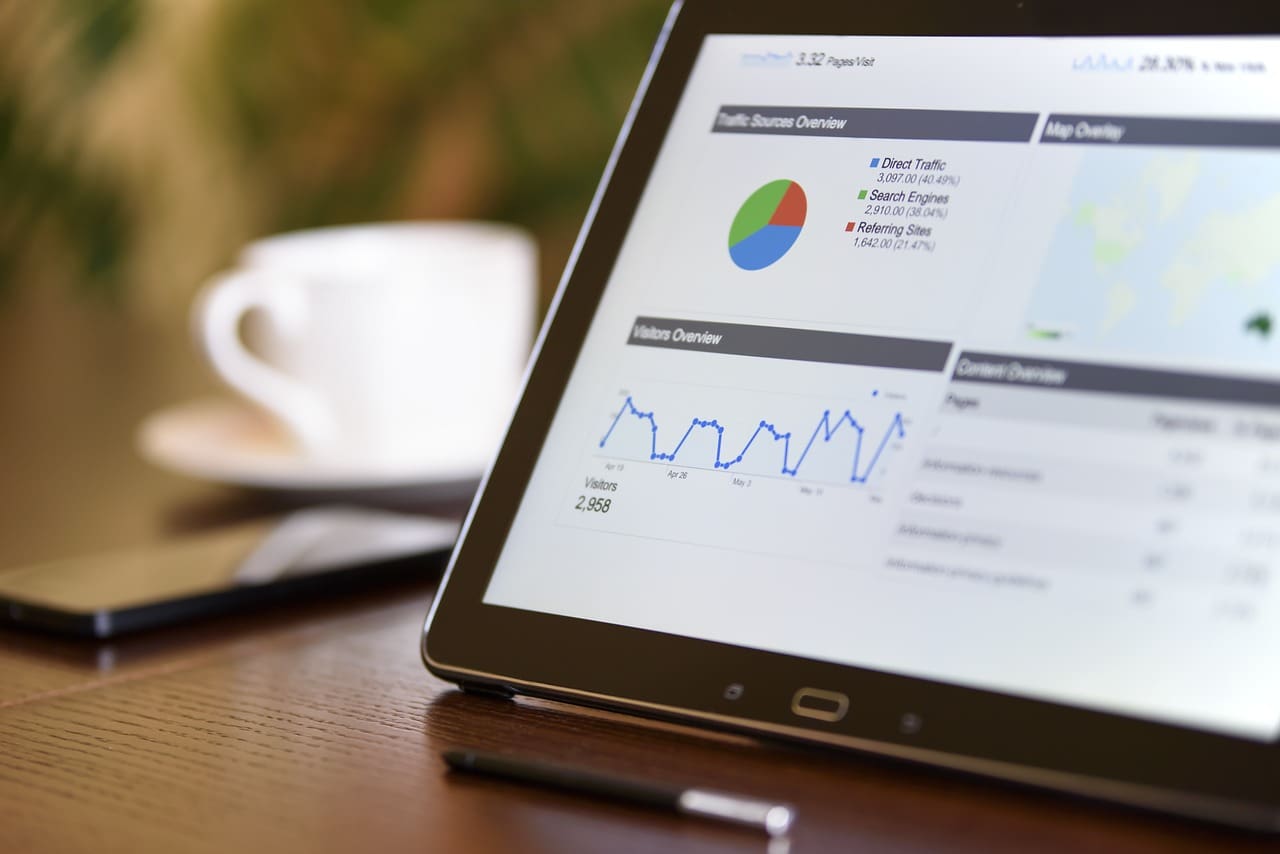
Tablets
Tablets run on various operating systems, including Apple’s iOS, Microsoft’s Windows, and Google’s Android. Each operating system offers a range of productivity apps and features, making it easy for users to get things done no matter where they are. One of their standout features is the touchscreen interface, which makes it easy to navigate and use apps. They also come with a range of productivity apps, including word processors, spreadsheets, and presentations, making it easy for users to create and edit documents on the go.
Additionally, many tablets come with a stylus, allowing users to take notes, draw, and create digital art. This makes them ideal for creative professionals and students who need a device to accommodate their creative needs. With a range of operating systems, productivity apps, and features, tablets are a solid choice for those looking to carry on no matter where they are.
Chromebooks vs. Tablets
Pros and cons of Chromebooks for productivity
Chromebooks are designed to enhance productivity, but like any device, they have pros and cons. Here are some of the key advantages and disadvantages of using Chromebooks for productivity,
Pros:
Speed & simplicity: Chromebooks run on Google’s Chrome OS operating system, which is designed for speed and simplicity. The Chrome OS boots up quickly and is ready to use in seconds, allowing users to get to work without delay.
Cloud-based productivity: Chromebooks rely heavily on the cloud, making it easy for users to access and store their files and documents using Google Drive and other productivity apps. This makes it easy for users to access their files from any device with an internet connection.
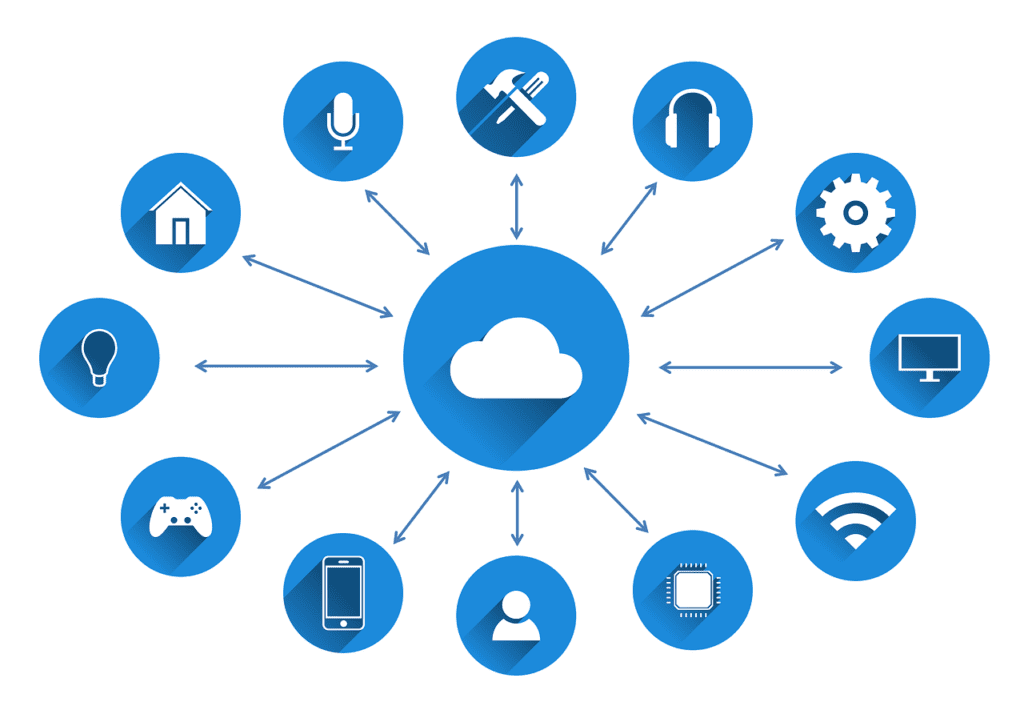
Cloud-based productivity
Affordable: Chromebooks are generally more affordable than traditional laptops, making them an excellent choice for students, freelancers, and budget-conscious professionals.
Secure: Chromebooks have built-in virus protection, ensuring that users’ devices and data are secure.
Cons:
Limited app availability: Although Chromebooks have access to a range of productivity apps, they are limited in the number of apps available compared to traditional laptops.
Dependent on internet connection: Chromebooks rely heavily on an internet connection, which can be a problem for users who need to work offline.
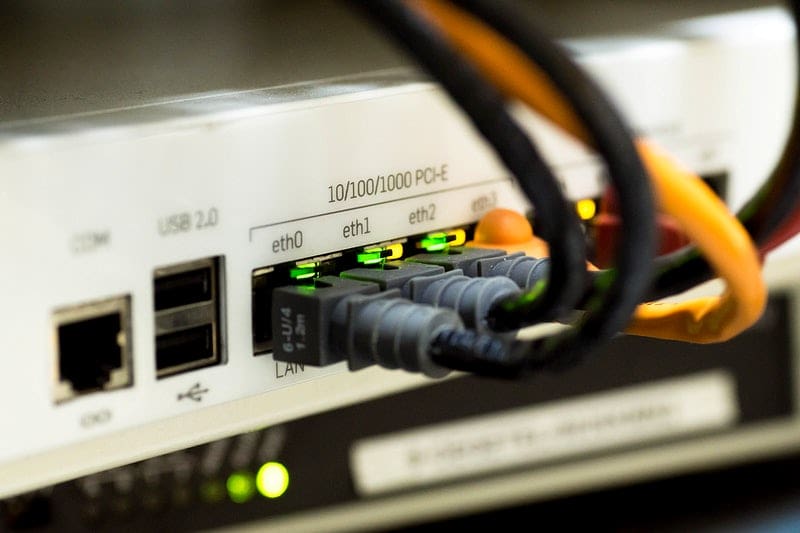
Dependent on internet connection
Limited storage: Chromebooks typically come with limited storage, meaning users may need to store their files and documents in the cloud.
Pros and cons of Tablets for productivity
Tablets offer a range of features and capabilities that make them an excellent choice for many end users. However, like any other product, they have their advantages and disadvantages. Let us take a brief look at some of the prominent ones,
Pros:
Portability: Tablets are lightweight and compact, making them easy to carry around. This makes them ideal for individuals who are constantly on the go and need to get things done from anywhere.
Touchscreen interface: Tablets come with a touchscreen interface, which makes it easy to navigate and use apps. This can be especially useful for creative professionals and students who need a device to accommodate their creative needs.
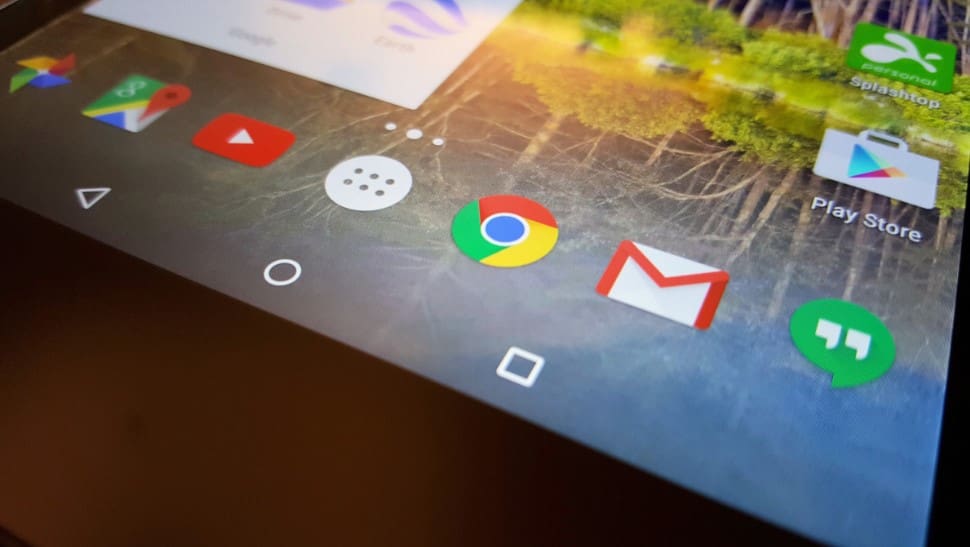
Touchscreen interface
Productivity apps: Tablets come with a range of productivity apps, including word processors, spreadsheets, and presentations, making it easy for users to create and edit documents on the go.
Stylus: Many tablets come with a stylus, allowing users to take notes, draw, and create digital art. This makes them ideal for creative professionals and students who need a device to accommodate their creative needs.
Cons:
Limited keyboard: Tablets typically come with a little keyboard, which can be challenging for users who need to type a lot. Although some models come with detachable keyboards, they may not be as comfortable or versatile as traditional laptop keyboards.
Limited processing power: Tablets typically have less processing power than traditional laptops, meaning they may not be able to handle demanding tasks such as video editing or complex spreadsheet work.

Limited processing power
Productivity apps
One of the critical factors to consider when choosing between Chromebooks and Tablets for productivity is the availability of productivity apps. Both devices come with various apps designed to enhance productivity, but there are some key differences to keep in mind.
Chromebooks run on Google’s Chrome OS operating system and come with various relevant apps, including Google Drive, Google Docs, Google Sheets, and Google Slides. These apps are fully integrated with the Chrome OS, making it easy for users to access and store their files and documents in the cloud.
Tablets run on various operating systems, including iOS and Android, and come with multiple apps, including Microsoft Office, Apple Pages, Numbers, Keynote, Google Drive, and Google Docs. These apps are available through app stores, but their availability and functionality can vary depending on the operating system. It’s important to consider your specific requirements when choosing between the two devices to ensure you have access to the apps you need.
Hardware
Another essential factor to consider when choosing between Chromebooks and Tablets for productivity is hardware. Both devices come with various hardware options, but there are some key differences to keep in mind. Chromebooks come in different sizes and specifications, including display resolution, processor, memory, and storage. They typically come with a keyboard and touchpad, making them easy to type and navigate. Do you usually need external display support? Browse through the top 5 Chromebooks with HDMI ports in 2023.
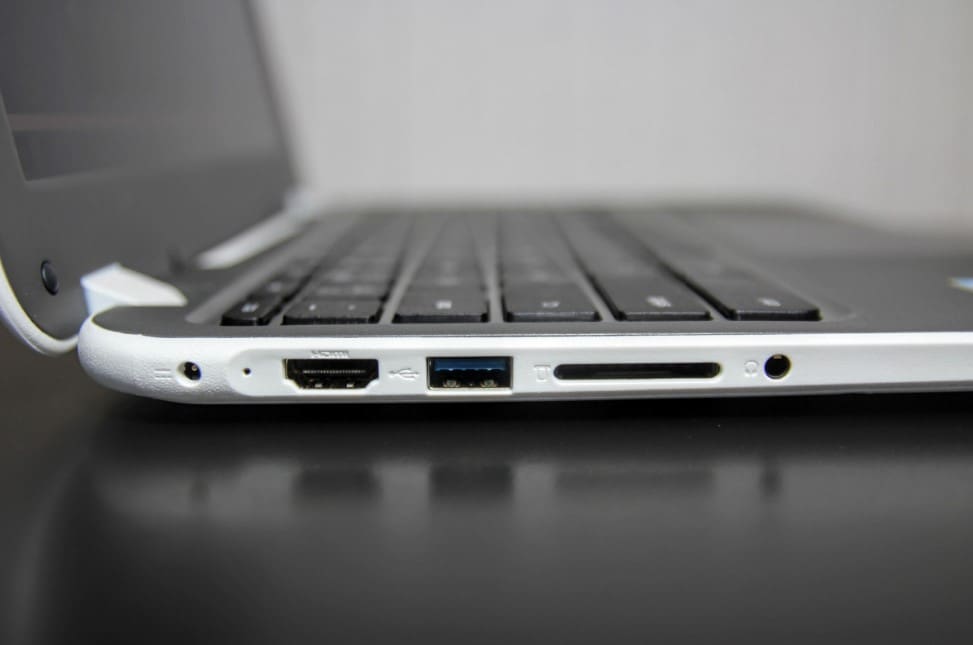
Hardware
Similarly, tablets can be as varying in terms of features as their Chrome counterparts. There are a lot of options when it comes to display size, operating system, processor, and memory. They typically come with a touchscreen interface and do not have a keyboard or touchpad. Some tablets have a stylus, allowing you to take notes and create digital art.
Battery life
The battery life of both devices can impact your ability to work throughout the day without interruption. Chromebooks typically come with a longer battery life than Tablets, with some models offering up to 12 hours. This makes them a good choice for users who need to work throughout the day without access to a power outlet. The longer battery life of Chromebooks can increase productivity by reducing the need to stop and recharge.
On the other hand, tablets typically come with a shorter battery life, with some models offering up to 10 hours of backup. While this may be sufficient for some users, it can limit productivity for others who need to work more extended periods without recharge.
Price
Both devices come in a range of prices, with some models being more affordable than others. Chromebooks are typically more affordable than Tablets, with prices ranging from a few hundred dollars to over a thousand dollars, depending on the model. The affordability of Chromebooks makes them a good choice for users on a budget or who want a device for basic productivity tasks.
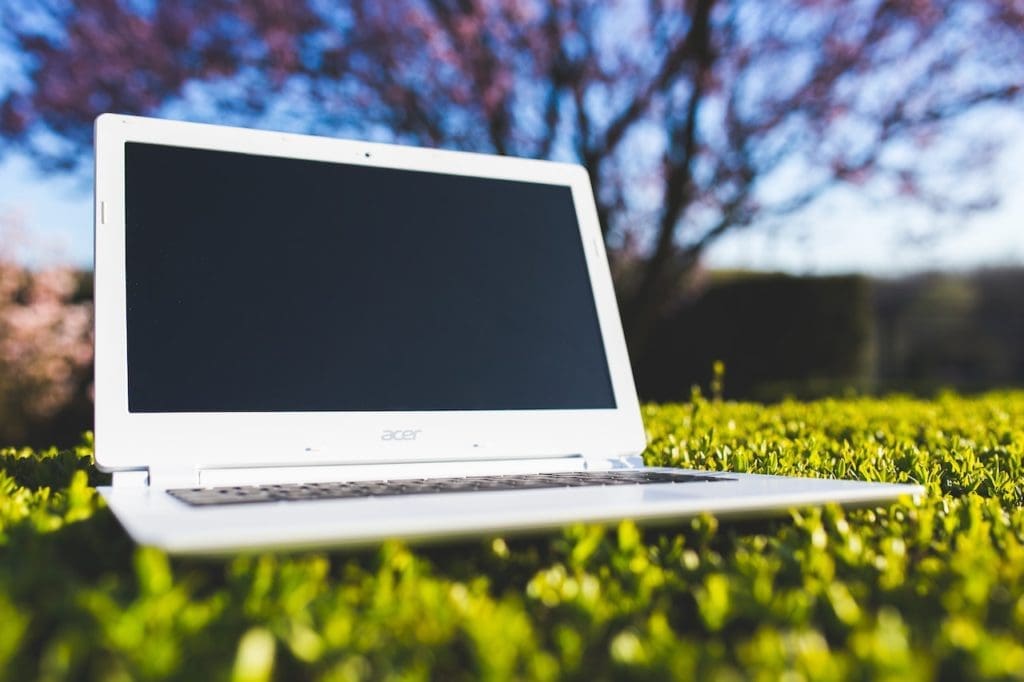
Price
Tablets can be more expensive than Chromebooks, with prices in the range of thousands of dollars. Their higher cost can be attributed to their sleek design, advanced features, and powerful hardware. Tablets may be worth the investment if you’re looking for a device with advanced features and powerful hardware. Ultimately, the decision to purchase will depend on your budget and the specific features and capabilities you’re looking for in a device.
Conclusion
Chromebooks and Tablets both have their advantages and disadvantages when it comes to productivity. Chromebooks offer a longer battery life, a keyboard and touchpad, and a more affordable price, making them a good choice for users who need to work throughout the day without interruption and who are on a budget. On the other hand, Tablets offer portability and versatility, as well as a range of advanced features and hardware options, making them a good choice for users who value these qualities.
When choosing between the two, you must consider your specific needs and requirements, such as the type of work you’ll be doing, your budget, and the features and capabilities you’re looking for in a device. Considering these factors, one can decide which device is best for their productivity needs—made up your mind for a tablet? Read through our list of 5 reasons to buy Chromebook tablets instead of Android tablets.
